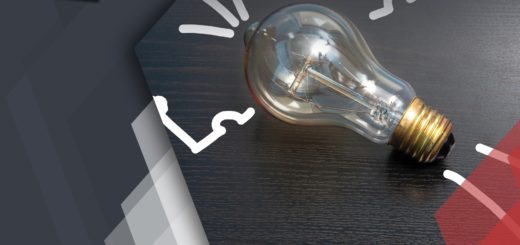Invention Disclosure Form: Top 10 Critical Aspects
Invention Disclosure Form: Top 10 Critical Aspects : An invention disclosure form is a type of form which is used to submit all relevant invention details to the United States Patent and Trademark Office (USPTO) as a duty of disclosure. It is a kind of documentation of the invention, which is considered as a sensible duty towards USPTO for disclosing every detail about the invention, to earn patentability.
The duty is placed on not only the inventors but also on all other concerned persons involved in the preparation and prosecution of the application. The form generally includes details of the concepts behind the invention, all active members, prior arts, problems which are being rectified, drawings, and visual aids (if any used), references, etc.
Major Areas of Focus : Invention Disclosure Form
Care must be taken while filling the invention disclosure form, since it ostensibly collocate the views of the inventor for his/her invention. The major areas of concern where utter focus must be devoted are mentioned below.
- Invention title: The title must match and indicate the functionality of the invention to a very specific and precise level. It must be preferred to create titles with not more than 15 words.
- Invention area: The subject matter or the area of technology must be clearly depicted in the title and the invention description area. Even the benefits must also clearly point out the application areas or the industrial applicability of the invention.
- Prior art and the rectified problem: Prior art and problems to be solved must clearly indicate the present status of the technology with respect to the pending patent applications and the current developments. If the invention is simply based on further development over any existing product, then the description must be presented in such a manner that it clearly distinguishes, from the closest prior art.
- Invention objective: Objectives must clearly portray the fact that why this invention is required. The necessity must portray its importance when compared with prior art and must prove the invention, as a necessary step to improve the prior art.
- Summary: Including summary and the mode of performing the invention, is a good practice. This part clearly reveals the main aspects of the invention.
- Detailed description: The description must include all concerning factors, such as the nature of modifications, the particulars of the invention, examples or drawings, drawing references, proper English terms for words which are written in other language, etc., in precise and detailed format.
- Relevant patent drawings: Complex or important drawings or sketches can even be attached on separate sheets for clarity.
- Keywords: A set of keywords must be provided to help the attorney, to understand the invention. This even helps in finding the exact arrangement of the patent elements.
- Claims: Claims outline the scope of the invention, which in turns becomes the factor to decide the rights provided to an inventor, after the grant of the patent.
- References: Links related to the literature and patent search which are of similar nature as the invention, must also be mentioned.
- Disclosure information: Sometimes, the disclosure information is also required which must depict the names and dates of the first disclosure of the invention. Inclusion of mode of disclosure (publication, presentation, or oral) makes the invention more transparent in front of the examiner. This enhances the chances of getting a patent.
Benefits
It is easier to prepare a patent application, once its invention disclosure form is filled, since the form clearly states out every technical as well as logical detail about the invention, making it much easier for the patent attorney to draft it. Now, the patent attorney can frame wide-ranging claims without studying every minute details of the invention on his/her own, instead the inventor, being the subject expert helps out for this. This in turn creates a good relationship and cooperation between the inventor and the patent attorney. Good relationship is a clear sign of good work flow that makes the prosecution process more trustworthy and easier, in front of the patent examiner.
Providing this sort of key support to the patent counsel, will take the inventor one step more towards getting the patent for the invention.




